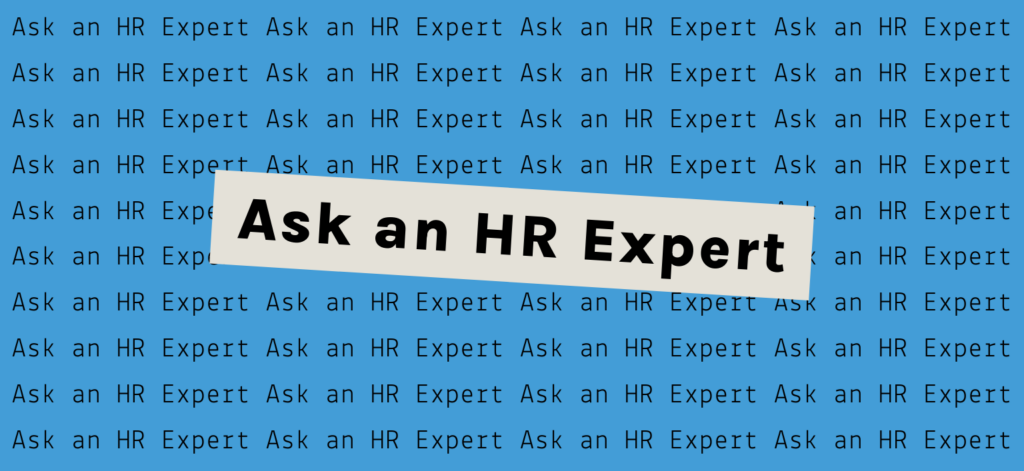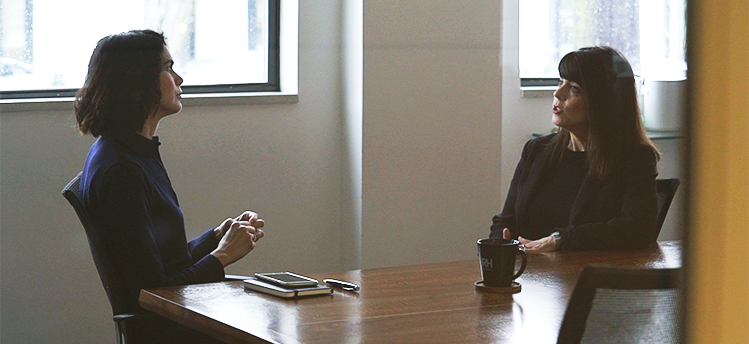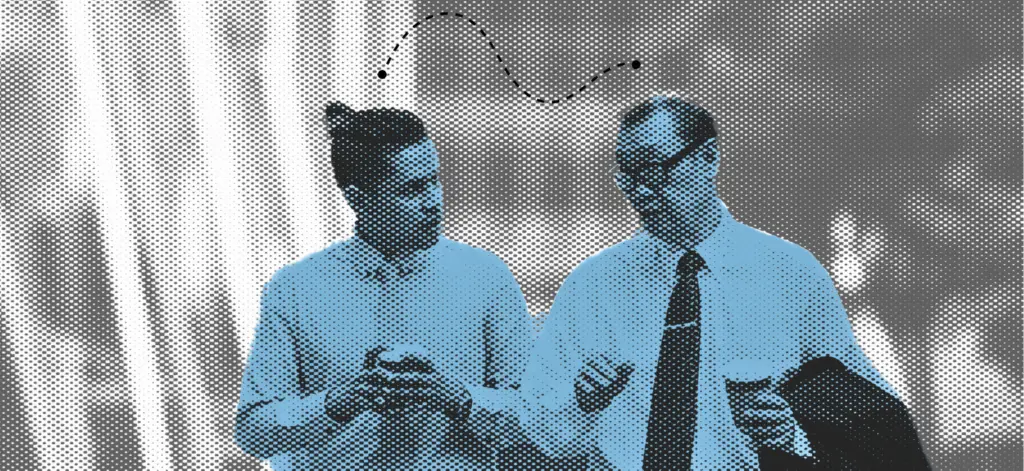As our workplaces become more collaborative and diverse, we all benefit from unique perspectives on our teams. However, differences in areas like communication preference and values can also create conflict if we don’t take the time to understand them in the context of the work environment.
To be effective working together, we need to understand how we come to work as individuals and how that may impact others. One lens of our uniqueness is our assigned generation, based on markers related to historical events and technological innovations, which have been identified by the US Department of Labor. Based on the collective markers individuals experience, five generations generally approach the workplace with different ethics and values, work and life approaches, and communication preferences.
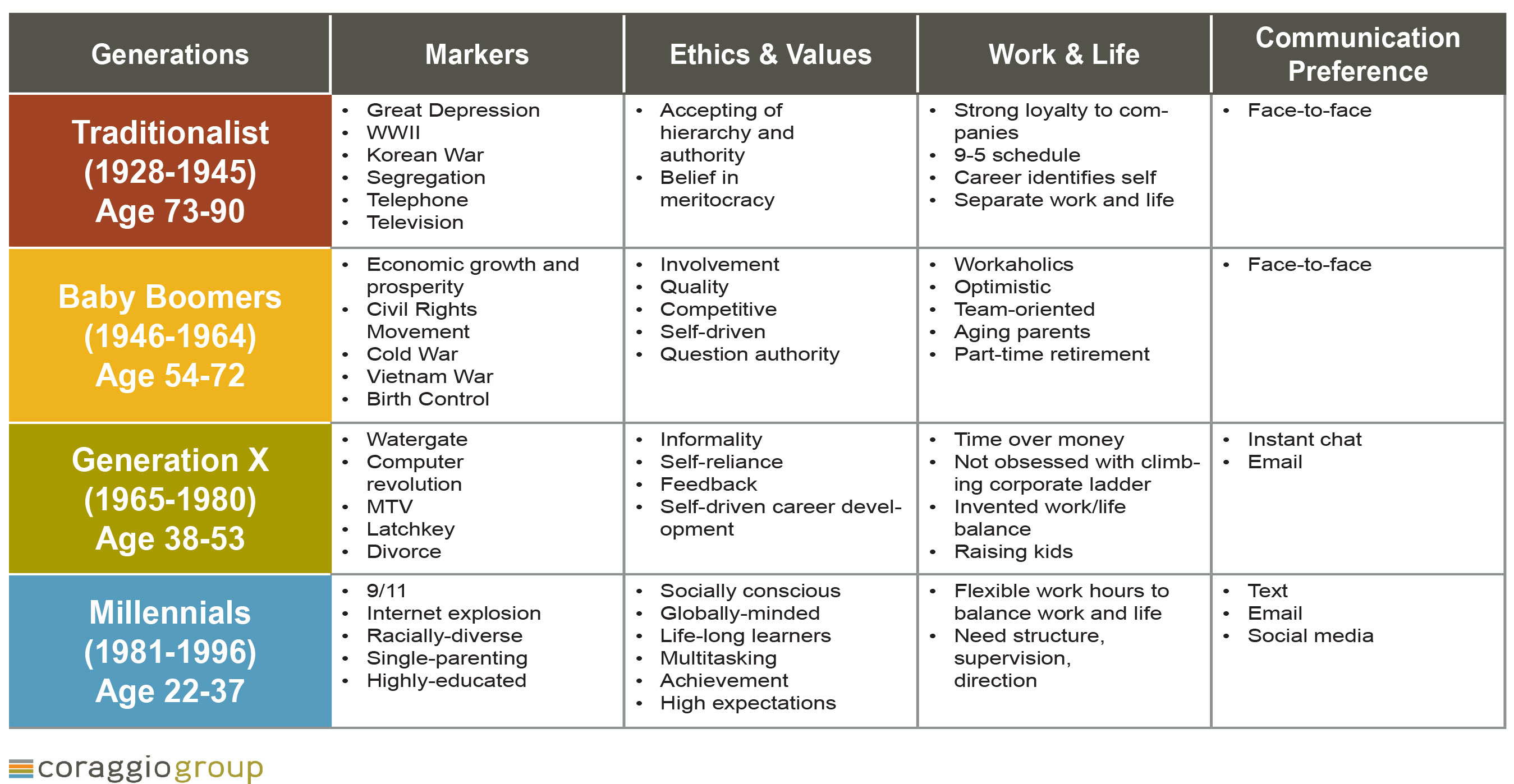
As we seek to better understand one another, John Wallen’s The Interpersonal Gap model is a tool to assist individuals consider their intent and impact as we co-create communication. There are givers and receivers of information and we need to recognize we have our own filters (beliefs, theories, stories), and we send and receive messages that affect our behavior (words, tone of voice, face and body language).
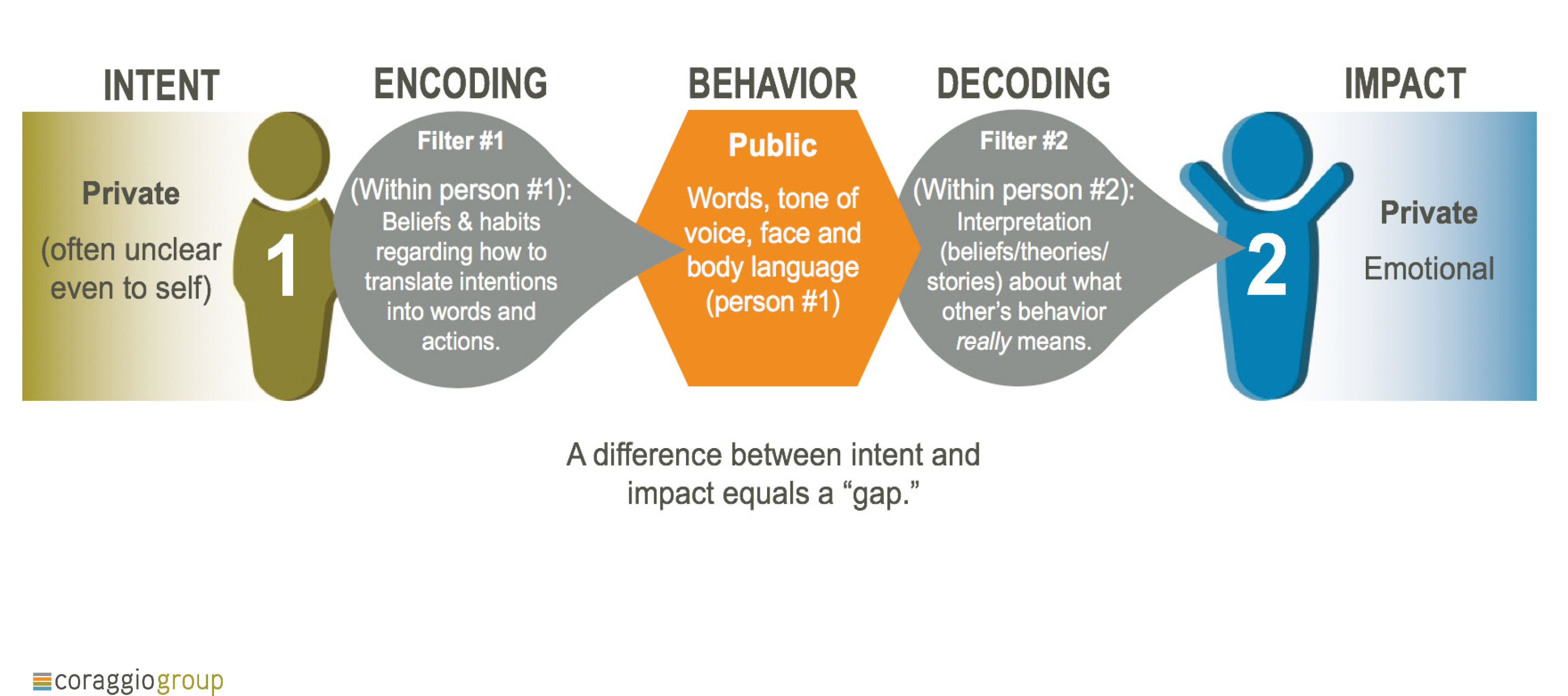
We recently facilitated an interactive workshop for 65 women — lawyers, engineers, and nonprofit leaders — who work in the environmental industry. These women came from every generation. The goal was to understand how their generation may shape their filter and how the other person’s may shape theirs, hopefully narrowing the interpersonal gap.
For example, a Boomer in a law firm assumed since the Millennial wasn’t in the office, she wasn’t working. However, she had worked late into the night completing a project and chose to come in later the next day. The Boomer valued “face-time” while the Millennial valued “production”.
The workshop created opportunities for increased communication among the generations and a space for the younger generations (Generation X and Millennials) to appreciate how hard the women from the older generations (Traditionalists and Boomers) worked to create the opportunities that the younger generations experience now. Furthermore, the older generations could appreciate how the younger generations brought increased cooperation, employee engagement, and technological efficiency to the office.
As we move forward in our dynamic workplaces, consider these tips for managing the mix of generations: celebrate diverse perspectives, build collaborative relationships, try to understand different motivations, mix traditional and technology-based forms of communicating, and ask for preferences.
Contributed by Linda Favero, Principal, and Sarah Lechner, Associate Principal at Coraggio Group


